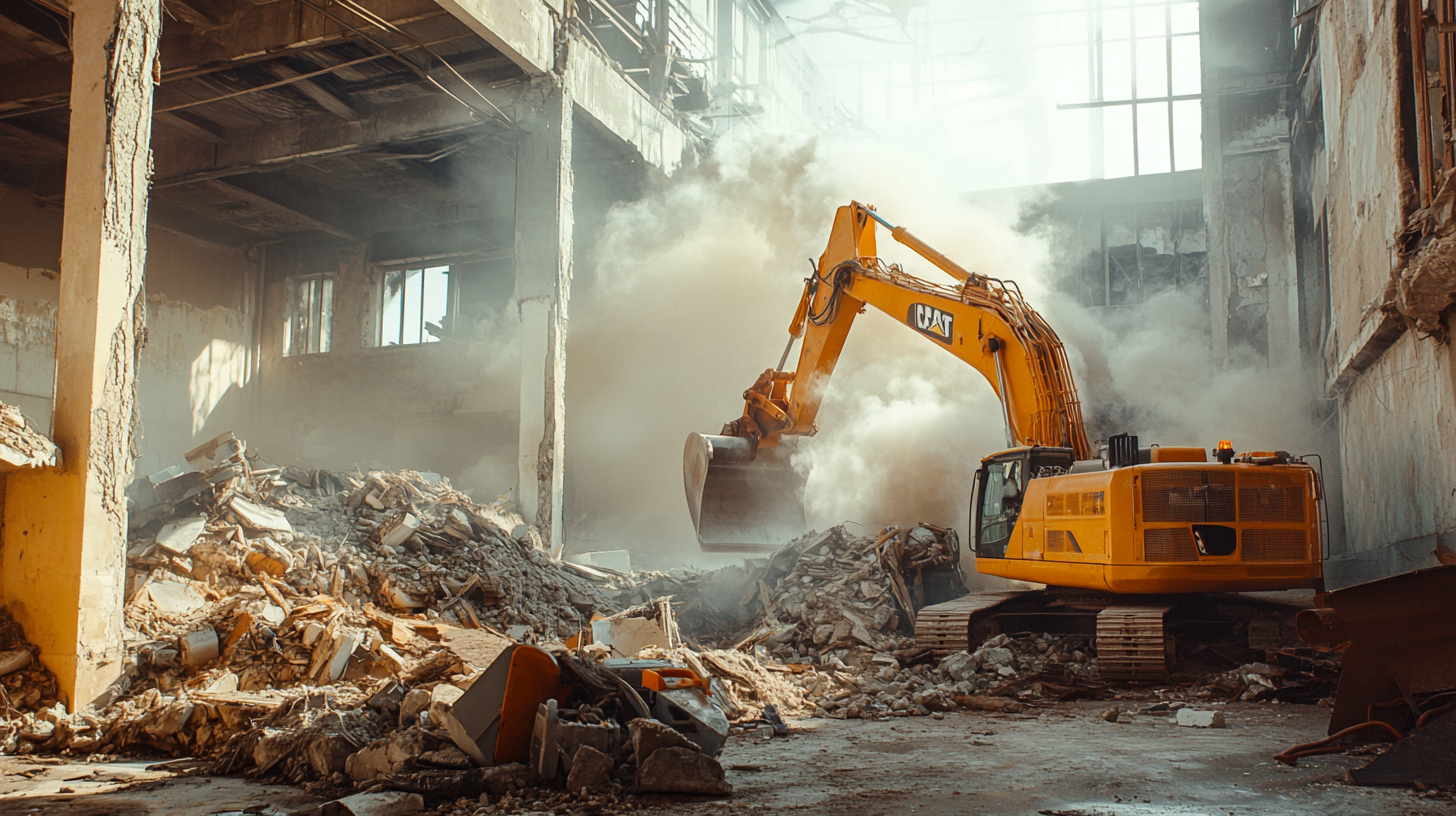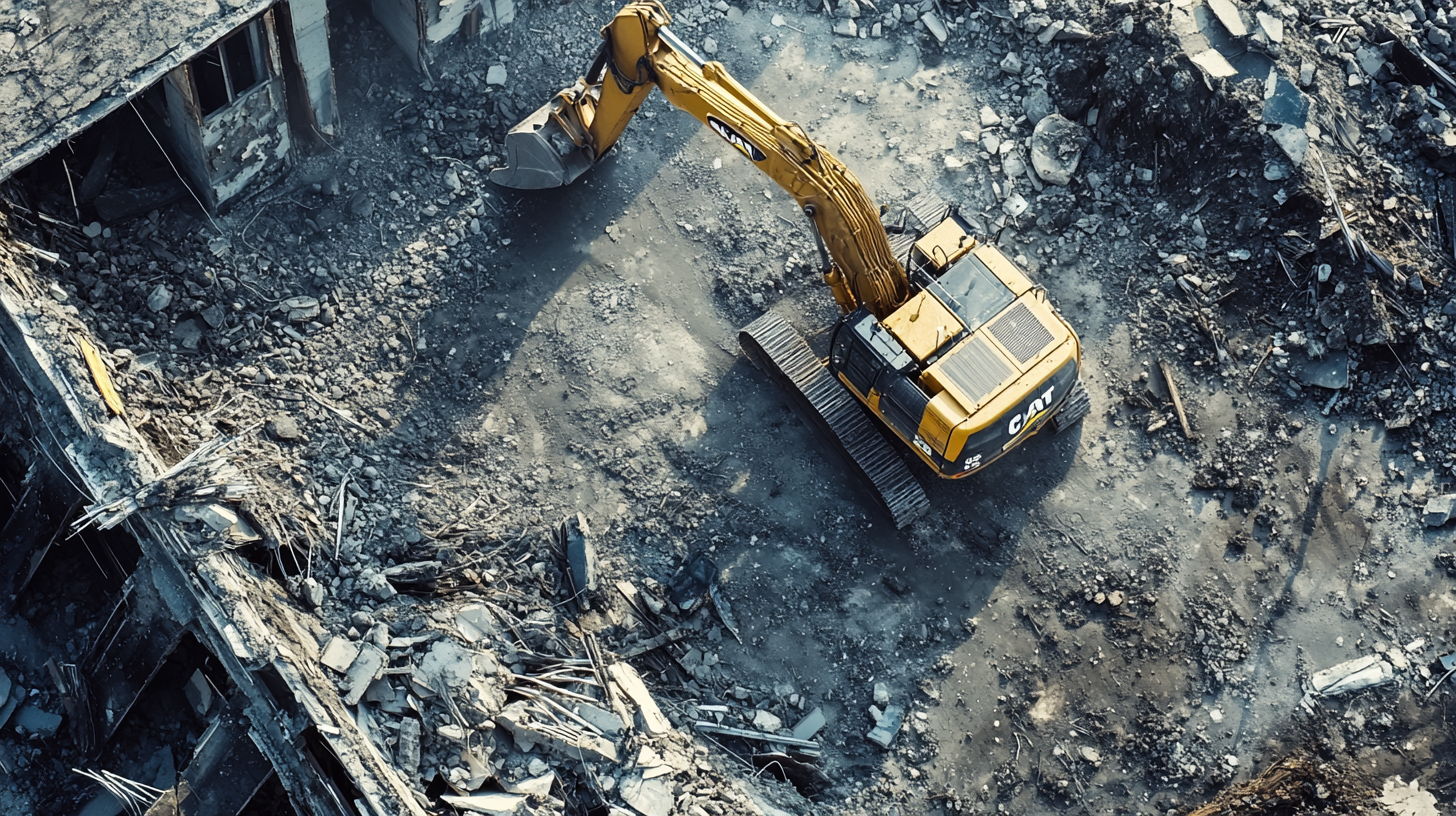Preserving the integrity of your home and ensuring a secure living environment involves paying careful attention to every aspect, including the often overlooked basement floors. Waterproofing basement floors is a vital step in maintaining the structural stability of your home and safeguarding against potential water damage. In this blog, we delve into the significance of waterproofing basement floors, exploring the benefits, methods, and expert insights to help you make informed decisions about protecting this essential part of your living space.
Assessment and Preparation: Key Steps Before Waterproofing Your Basement Floors
Before embarking on the journey of waterproofing your basement floors, a crucial initial phase involves assessment and preparation. Start by thoroughly inspecting your basement for signs of water intrusion, such as dampness, mold growth, or cracks in the floor. Identifying the source of the water issue will guide your waterproofing approach, whether it's groundwater seepage or poor drainage. Once the assessment is complete, proper preparation is essential for a successful project. Clear the basement area of any belongings and remove any existing flooring materials. This step ensures a clean and accessible surface for applying waterproofing products.
Next, ensure that the basement floor is properly cleaned and dried. Any debris, dirt, or remnants of previous flooring materials should be removed. It's essential to create a smooth and even surface for the waterproofing products to adhere effectively. Additionally, check the floor for cracks or imperfections that may need to be patched before applying the waterproofing materials. These steps lay the groundwork for a seamless and successful waterproofing process, setting the stage for long-term protection of your basement floors and the structural integrity of your home.
Effective Techniques: Exploring Methods to Ensure Waterproof Basement Floors
When it comes to ensuring waterproof basement floors, understanding and implementing effective techniques is key to preventing water damage and preserving the integrity of your living space. One widely used method is epoxy floor coatings. These coatings create a seamless and impermeable barrier on the basement floor, effectively preventing water from seeping through. Epoxy coatings are not only waterproof but also durable and easy to clean, making them a popular choice for homeowners seeking long-lasting protection for their basement floors.
Another approach to waterproofing basement floors is through the use of waterproof membranes. These membranes are typically applied beneath the finished flooring materials, such as tiles or laminate. They provide an additional layer of protection against moisture and can effectively prevent water from penetrating through to the basement floor. Additionally, proper grading and drainage systems around the exterior of your home play a significant role in keeping water away from the foundation and basement area. By exploring these effective techniques, you can make informed choices about how to ensure waterproof basement floors, ultimately creating a secure and dry environment that contributes to the overall health and durability of your home.
Moisture Prevention: How Waterproofing Basement Floors Safeguards Your Home
The importance of waterproofing basement floors extends beyond preserving the aesthetics of your living space – it's a critical step in safeguarding the structural integrity of your home. Moisture infiltration into basement floors can lead to a cascade of problems, including mold growth, wood rot, and compromised foundation stability. By effectively waterproofing basement floors, you create a barrier that prevents moisture from seeping into the concrete, thus preventing the potential damage caused by prolonged exposure to water.
Moreover, waterproof basement floors contribute to a healthier indoor environment. Moisture intrusion not only damages structural elements but also creates conditions ideal for mold and mildew growth. These harmful microorganisms can release allergens and irritants into the air, affecting the health of occupants and potentially exacerbating respiratory issues. By addressing moisture prevention through basement floor waterproofing, you're taking a proactive step towards ensuring a safe, comfortable, and durable living space for you and your family.
FAQs
Contact Bull City Crawlspace Today!
Bull City Crawlspace will do everything we can to ensure your experience with us is excellent.
Request A FREE Estimate
Request a Free Estimate Form
Checkout Recent Post




Got a Question? We’re Here to Help.
You can arrange an appointment or make an enquiry by phone or email, orget in touch to us via our contact form.

